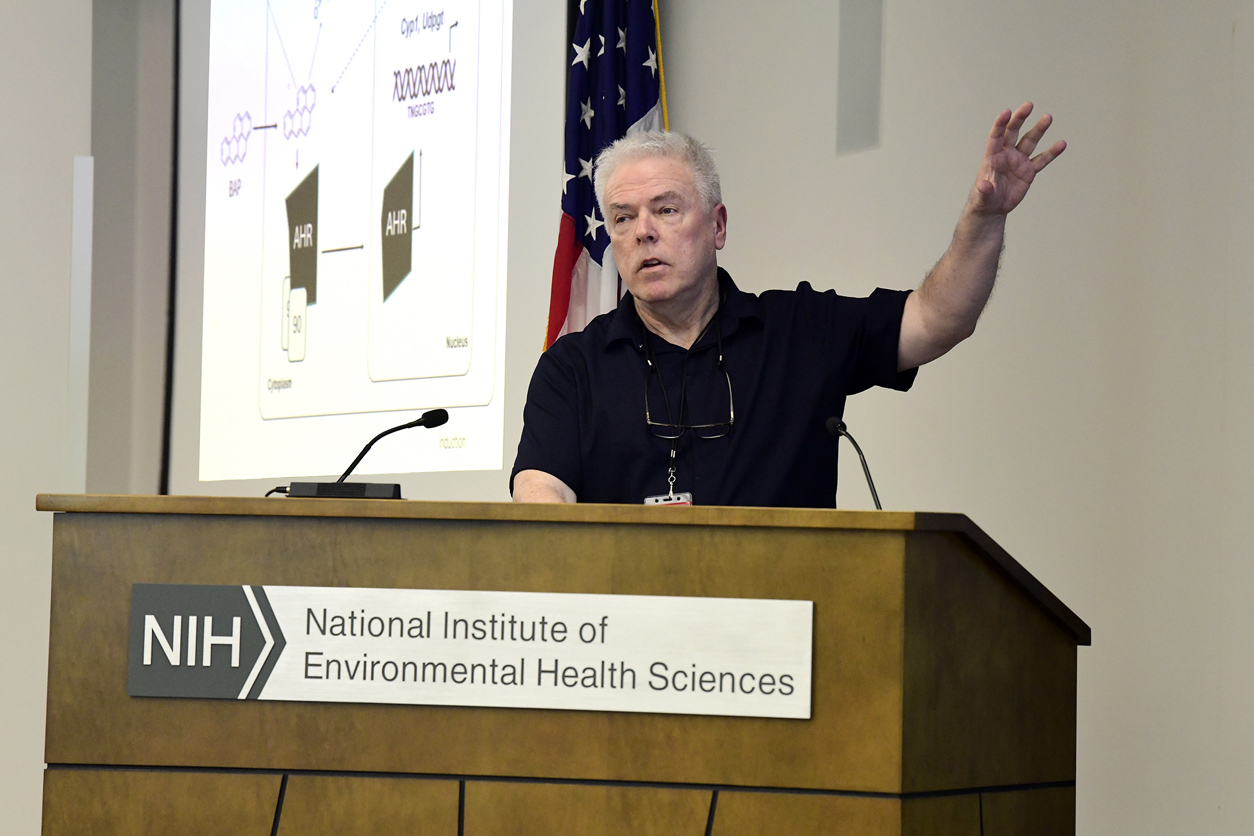The mistakes you need to avoid when recycling your food waste – Yahoo News UK

Report on UK Food Waste Recycling and Alignment with Sustainable Development Goals
Introduction: The Challenge of Food Waste in the Context of SDG 12
The United Kingdom faces a significant challenge in managing post-consumer food waste, a critical component of achieving Sustainable Development Goal 12 (Responsible Consumption and Production). Data from the recycling charity Wrap indicates a substantial level of waste, directly impacting the target of halving per capita food waste by 2030 (SDG 12.3).
- Average food waste per person: Approximately 88kg annually.
- Total household collection: 850,000 tonnes per year.
- Recent growth in recycling: A 6.5% increase since 2018.
Despite progress in collection volumes, systemic challenges, including public confusion and inconsistent infrastructure, hinder the nation’s ability to fully integrate food waste into a circular economy, a core principle of SDG 12.
Analysis of Current Recycling Practices and Barriers to Sustainability
Inconsistent Municipal Systems and Public Uncertainty
A primary barrier to achieving national targets for waste reduction (SDG 12.5) and sustainable communities (SDG 11) is the lack of a standardised collection system across the UK. Dr. Adam Read of Suez, a major waste management company, highlights this fragmentation as a source of public confusion.
- System Variability: Local councils employ different methods, including separate food waste bins, combined food and garden waste bins, or no dedicated food waste collection at all (approximately 100 local authorities).
- Terminology Confusion: The public is often unsure how to dispose of items labelled ‘compostable’ or ‘biodegradable’, leading to contamination of the waste stream.
Technical Challenges in Waste Processing
Contamination from improperly sorted items poses a direct threat to the efficiency of waste processing technologies, which are vital for creating clean energy (SDG 7) and taking climate action (SDG 13).
- Compostable Items: These materials require oxygen to degrade. When placed in food waste bins destined for anaerobic digestion—an oxygen-free process that produces biogas and fertiliser—they do not break down and can disrupt the system.
- Biodegradable Packaging: Many biodegradable plastics degrade far slower than organic food matter. Their inclusion in the food waste stream contaminates the output, reducing the efficiency of both anaerobic digestion and composting processes. Dr. Read notes that this can slow down digestion and prevent material from being properly processed.
Addressing Public Perceptions to Improve Participation
Myth 1: Insufficient Household Food Waste
A common misconception is that individual households do not generate enough food waste to justify separate collections. However, data indicates this is incorrect. In areas without dedicated collections, food waste can constitute up to 35% of general waste (black bags). This highlights a significant missed opportunity for resource recovery, essential for reducing the environmental impact of cities (SDG 11.6).
Myth 2: Attraction of Pests
Concerns that separate food waste bins attract animals are largely unfounded. The waste material is the same as that already present in general rubbish. Modern food waste bins are designed with secure, lockable handles that effectively prevent access by wildlife, ensuring that collection systems can be implemented without adverse effects on local communities.
Future Policy: The “Simpler Recycling” Scheme and SDG Alignment
Mandatory Standardisation of Waste Collection
The UK government is set to implement the “Simpler Recycling” scheme to standardise waste management, directly supporting several Sustainable Development Goals. This policy will create a more coherent national framework for recycling.
- By 31 March 2026: All councils in England will be required to provide weekly food waste collections, supplying households with both an indoor caddy and a larger outdoor collection bin.
- From March 2027: Collections for other recyclables will be standardised, with separate containers for paper/card and for plastic/glass/metal.
Projected Impact on Sustainable Development
This forthcoming standardisation is expected to significantly advance the UK’s progress towards its sustainability commitments.
- SDG 12 (Responsible Consumption and Production): A uniform system will reduce contamination and increase the quantity and quality of recycled materials, contributing to a circular economy.
- SDG 11 (Sustainable Cities and Communities): The scheme will improve municipal waste management efficiency and reduce the volume of waste sent to landfill.
- SDG 7 & 13 (Clean Energy & Climate Action): Diverting more food waste to anaerobic digestion will increase the production of biogas as a renewable energy source and cut methane emissions from landfills.
Analysis of Sustainable Development Goals in the Article
1. Which SDGs are addressed or connected to the issues highlighted in the article?
-
SDG 11: Sustainable Cities and Communities
This goal is relevant because the article focuses on municipal waste management, a critical service for sustainable cities. It discusses the role of local councils in collecting food waste, the inconsistencies in services (“Some councils have separate bins… while others have mixed bins”), and the upcoming government mandate for all councils in England to provide weekly food waste collection. This directly relates to making cities and human settlements more sustainable by improving waste management infrastructure and services.
-
SDG 12: Responsible Consumption and Production
This is the most prominent SDG in the article. The entire discussion revolves around food waste, which is a key aspect of unsustainable consumption patterns. The article quantifies the problem (“around 88kg wasted per person every year”) and explores solutions centered on responsible production and consumption, specifically through improved recycling and waste management (“councils now collecting 850,000 tonnes per year”). The confusion over recycling “compostable” and “biodegradable” packaging also falls under the umbrella of ensuring sustainable consumption by providing clear information to consumers.
2. What specific targets under those SDGs can be identified based on the article’s content?
-
Target 11.6: Reduce the adverse per capita environmental impact of cities
This target aims to reduce the environmental impact of cities, “including by paying special attention to… municipal and other waste management.” The article directly addresses this by detailing the challenges and progress in municipal food waste collection in the UK. The fact that “Around 100 local authorities don’t have specific food waste collections” and that households without collections have “35% of their black bags being food waste” highlights the current environmental impact. The government’s “Simpler Recycling scheme” and the mandate for weekly collections by 2026 are policies designed to improve municipal waste management and thus reduce this impact.
-
Target 12.3: Halve per capita global food waste
This target calls for halving per capita food waste at the retail and consumer levels by 2030. The article opens by stating the scale of the problem at the consumer level: “The scale of food waste in the UK is staggering, with around 88kg wasted per person every year.” This figure directly relates to the consumer-level waste that this target seeks to reduce. The entire initiative of improving food waste recycling is a strategy to manage the consequences of this waste.
-
Target 12.5: Substantially reduce waste generation
This target focuses on reducing waste generation through “prevention, reduction, recycling and reuse.” The article is centered on the “recycling” aspect of this target. It highlights the growth in recycling (“an increase of 6.5% since 2018”) and discusses the systems (anaerobic digestion, composting) used to process this waste. The confusion about what can be recycled and the lack of standardized collection systems are presented as barriers to substantially reducing waste generation, which the new government policies aim to overcome.
3. Are there any indicators mentioned or implied in the article that can be used to measure progress towards the identified targets?
-
Indicator for Target 12.3 (Food Waste Index)
The article provides a direct quantitative measure of consumer food waste: “around 88kg wasted per person every year.” This figure serves as a baseline indicator for measuring progress in reducing per capita food waste in the UK.
-
Indicators for Target 12.5 (National Recycling Rate)
Several data points in the article can be used as indicators for measuring the effectiveness of recycling efforts:
- “councils now collecting 850,000 tonnes per year” – This measures the total volume of food waste being recycled.
- “an increase of 6.5% since 2018” – This indicates the rate of growth in food waste recycling.
- “35% of their black bags being food waste” – This figure from households without collection services acts as an indicator of the amount of food waste that is not being recycled and is instead going to general waste.
-
Indicators for Target 11.6 (Proportion of municipal solid waste collected and managed)
The article implies indicators related to the coverage and effectiveness of municipal waste management:
- “Around 100 local authorities don’t have specific food waste collections” – This number indicates a gap in the provision of controlled waste management services across the country. Progress can be measured by the reduction of this number.
- The government mandate that “From 31 March 2026, all councils in England will be required to provide a weekly food waste collection” is a policy action whose implementation can be tracked as an indicator of progress towards comprehensive municipal waste management.
4. Summary Table of SDGs, Targets, and Indicators
| SDGs | Targets | Indicators |
|---|---|---|
| SDG 12: Responsible Consumption and Production | 12.3: By 2030, halve per capita global food waste at the retail and consumer levels. | Amount of food wasted per person: “around 88kg wasted per person every year.” |
| SDG 12: Responsible Consumption and Production | 12.5: By 2030, substantially reduce waste generation through prevention, reduction, recycling and reuse. |
|
| SDG 11: Sustainable Cities and Communities | 11.6: By 2030, reduce the adverse per capita environmental impact of cities, including by paying special attention to… municipal and other waste management. |
|
Source: uk.news.yahoo.com

What is Your Reaction?
 Like
0
Like
0
 Dislike
0
Dislike
0
 Love
0
Love
0
 Funny
0
Funny
0
 Angry
0
Angry
0
 Sad
0
Sad
0
 Wow
0
Wow
0
















































/environment-climate-change-and-health-(ech)/water-sanitation-hygiene-and-health-(wsh)/landfill-tuvalu-36092.tmb-1200v.jpg?sfvrsn=5c21fe40_1#)

.jpg.webp?itok=0ZsAnae9#)

























